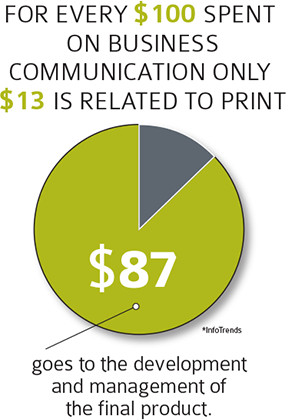In today's digitally driven world, it's easy to assume that everyone is connected, but the reality is quite different. Millions of Americans still lack access to high-speed Internet—42 million Americans, to be exact. (The FCC defines “high-speed” as download speeds of at least 25 Mbps and upload speeds of at least 3 Mbps.) This underscores the importance of keeping print in the marketing mix. Printed marketing materials like postcards, sales letters, and other direct mailers reach every American, regardless of their Internet connectivity.
Where Is the Divide?
When we think about the digital divide, we tend to think about rural areas, but the lack of high-speed connectivity isn't just a rural issue. It impacts a diverse range of communities and demographics. Those most likely to lack high-speed Internet access include:
Rural and tribal communities: Remote areas often suffer from limited or no high-speed Internet infrastructure, leaving residents with slower and less reliable connections.
Low-income households: Internet service can be costly, making it a luxury many low-income families cannot afford.
Senior citizens: Older individuals may be less tech-savvy and have limited access to digital resources.
Minority groups: Disparities in Internet access disproportionately affect minority communities, exacerbating existing inequalities.
People with disabilities: Those with disabilities may require specialized technology or face accessibility barriers when using the Internet.
Printed Marketing Materials: A Universal Reach
Amidst this digital divide, printed marketing materials reach every American, regardless of their Internet access or tech proficiency. In essence, they bridge the digital gap. Print is also dependable. It relies on something other than a stable Internet connection, ensuring that your message is delivered consistently.
In a world where the digital divide persists, print remains a reliable and inclusive way to engage with your customers and prospects. By recognizing the importance of this channel and employing the right strategies for creating relevant, engaging communications, you can ensure that your message has the most significant impact!



